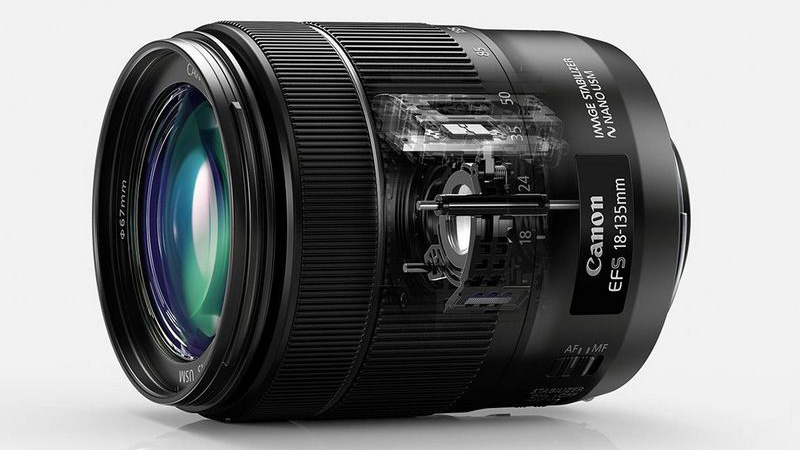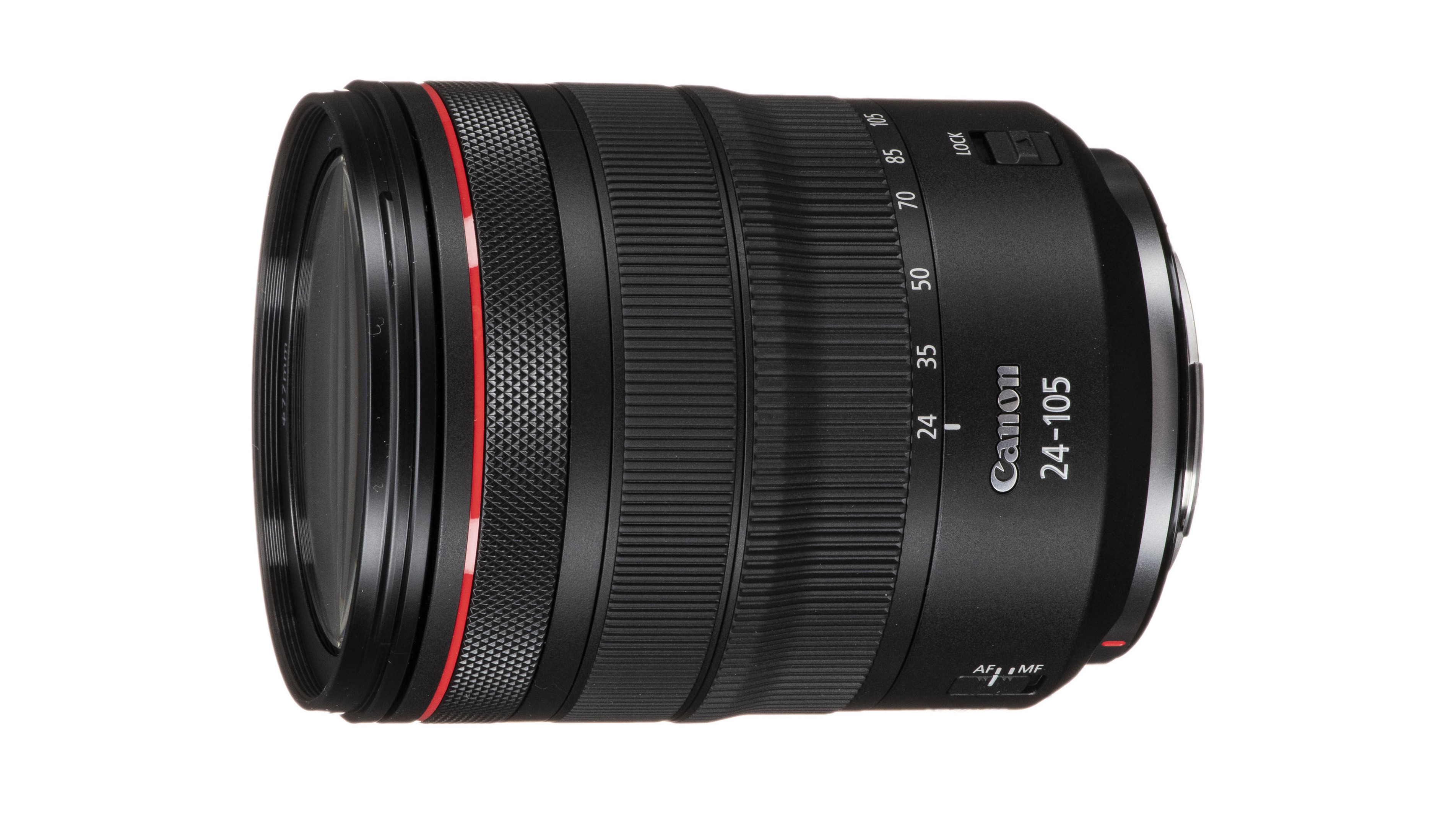New patent suggests Canon is working on next-gen autofocus technology
Patent reveals new linear autofocus system that could be smaller and more power-efficient than existing AF tech

Canon Rumors has discovered a patent that suggests Canon may be working on a new type of linear focus motor for its next generation of autofocus lenses. With the rise of hybrid cameras which are equally adept at shooting stills and video, autofocussing has to be both fast and accurate for stills, while also being smooth and as quiet as possible during video capture.

It's not as though Canon hasn't already been addressing this balance in its more recent autofocus iterations. When its STM (stepper motor) AF system was launched in 2012, it was touted as being exceptionally smooth and quiet during autofocussing. Canon developed this sill further in 2016 with the introduction of its latest AF technology, Nano USM. Nano USM AF motors use ultrasonic vibration to create linear focussing movement to move the lens focus group, with finer control over speed, and near-silent operation.

With Nano USM already setting a high standard for hybrid stills and video AF, the latest development revealed by this patent seems to be more evolution than revolution. According to the patent overview, Canon is focussing (pun alert) on improving power efficiency of the AF system and reducing the overall size of the lens barrel. The patent clarifies how this may be achieved through the use of special magnet arrays, at which point you'd need more experience with electrical engineering than I have to understand the technicalities of how the AF system works.

Given that Canon's last big autofocus development was seven years ago, designed originally for DSLR lenses, and preceding the introduction of R-series cameras by two years, the time could be right for a new AF generation that's native to RF-mount lenses.
For a more detailed insight into the history of Canon’s autofocus technologies, Canon has an interesting article on the subject.
Find out more about Canon with our guides to the best Canon cameras, the best Canon RF lenses, or all the very best Canon lenses.
Get the Digital Camera World Newsletter
The best camera deals, reviews, product advice, and unmissable photography news, direct to your inbox!
Ben is the Imaging Labs manager, responsible for all the testing on Digital Camera World and across the entire photography portfolio at Future. Whether he's in the lab testing the sharpness of new lenses, the resolution of the latest image sensors, the zoom range of monster bridge cameras or even the latest camera phones, Ben is our go-to guy for technical insight. He's also the team's man-at-arms when it comes to camera bags, filters, memory cards, and all manner of camera accessories – his lab is a bit like the Batcave of photography! With years of experience trialling and testing kit, he's a human encyclopedia of benchmarks when it comes to recommending the best buys.

